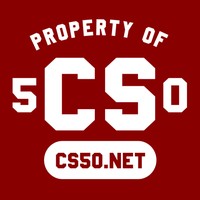De meeste ecosystemen zoals app stores zijn open of gecureerd. Maar waarom kunnen we niet hebben beiden? Goed, wij kunnen — alles wat je nodig hebt is drie werkwoorden: publiceren, vinden, en zoals. Dat geldt voor technologie en iets anders.
Meestal zijn er twee opties wanneer u wilt een app te publiceren: publiceren naar iets als de iOS App Store (waar mensen zal uw app, maar Apple reviewers kunt uw inzending ontkennen) of zet ze gewoon op uw website (waar is het gemakkelijk om te publiceren, maar er is geen garantie iedereen zal het zien.) Not the greatest set of options.
Isn’t there a way to combine the strengths of both of these to make for the best possible experience for both publishers and consumers? I think there is. It’s called an open and curated ecosystem. Let’s take a look at:
- What open en curated ecosystems are
- Examples of open and curated ecosystems
- What you need to make an open and curated ecosystem
- Examples of these ecosystems beyond just technology
and see if we can discover something about the power of crowdsourcing, innovation, and the three verbs publiceren, vinden, en zoals.
Curated vs. open ecosystems
The iOS App Store and open internet, among others, zijn app ecosystems — places where apps can be published and found. And I think the big factors that differentiate one ecosystem from another are whether the ecosystem is open, where anyone can publish apps and whether it is curated, where the best apps rise to the top and users are assured quality apps. That’s the major difference between the iOS store and the internet at large, which I mentioned earlier.
Let’s look at examples of curated and open ecosystems and what differentiates them.









